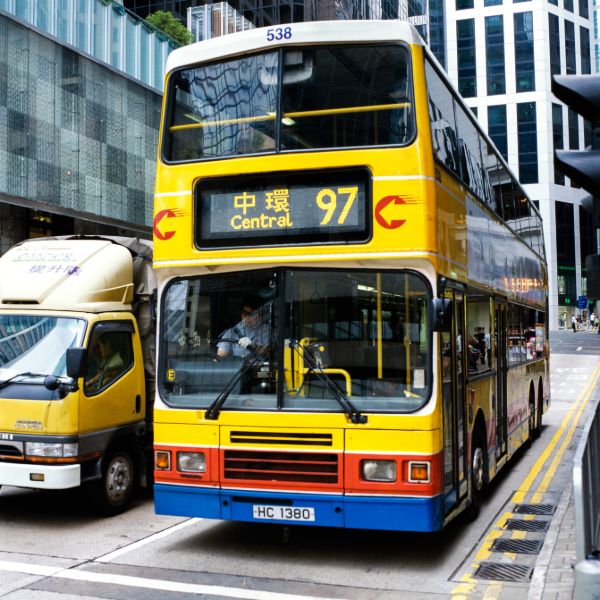
As the fourth-largest city in the United States, Houston, Texas, is a bustling metropolis with a diverse population and a vibrant economy. One of the critical components that keep this city running smoothly is its public transportation system. This article will delve into the intricacies of Houston's public transportation, its strengths, weaknesses, and the ongoing efforts to improve and expand services.
Houston's public transportation system is primarily managed by the Metropolitan Transit Authority of Harris County (METRO). METRO operates a vast network of bus routes, light rail lines, and paratransit services, providing mobility to millions of Houstonians and visitors every year.
The METRO bus system is the backbone of Houston's public transportation. With over 1,200 buses serving more than 9,000 stops, the bus system covers a wide area and offers a cost-effective way to travel around the city. However, like many bus systems in large cities, it can be subject to delays due to traffic congestion and other factors.
In addition to the bus system, METRO operates three light rail lines: the Red Line, the Green Line, and the Purple Line. These lines provide a fast and efficient way to travel through some of Houston's most densely populated areas. The light rail system has been a significant success, with ridership exceeding expectations and plans for expansion in the works.
METRO also provides paratransit services for individuals with disabilities who are unable to use regular bus or rail services. This service, known as METROLift, offers door-to-door transportation within the METRO service area.
Despite these services, public transportation in Houston faces several challenges. The city's sprawling nature and heavy reliance on cars mean that many areas are not well-served by public transit. Additionally, the system faces funding challenges, which can limit expansion and improvement efforts.
However, there are ongoing efforts to improve public transportation in Houston. METRO is currently implementing its METRONext plan, a long-term vision for public transit in the city. This plan includes expanding light rail and bus rapid transit lines, improving existing bus services, and investing in new technologies to enhance the customer experience.
In conclusion, public transportation in Houston is a complex system that plays a vital role in the city's functioning. While it faces challenges, ongoing efforts to improve and expand services hold promise for the future. Whether you're a resident or a visitor, understanding Houston's public transportation can help you navigate this bustling metropolis more efficiently.


